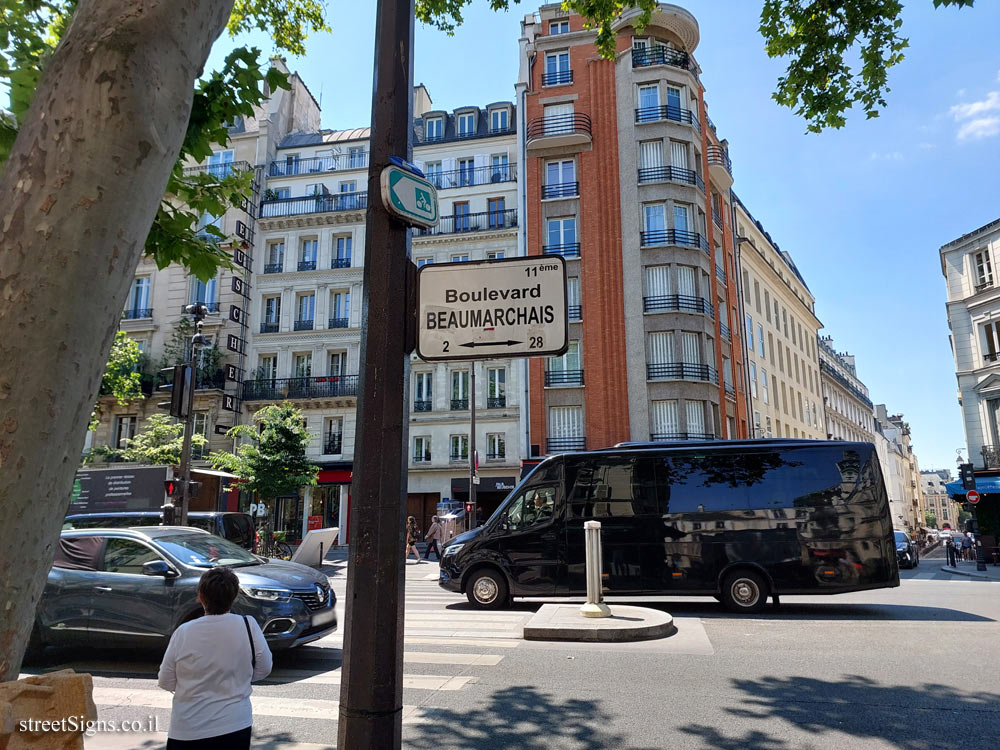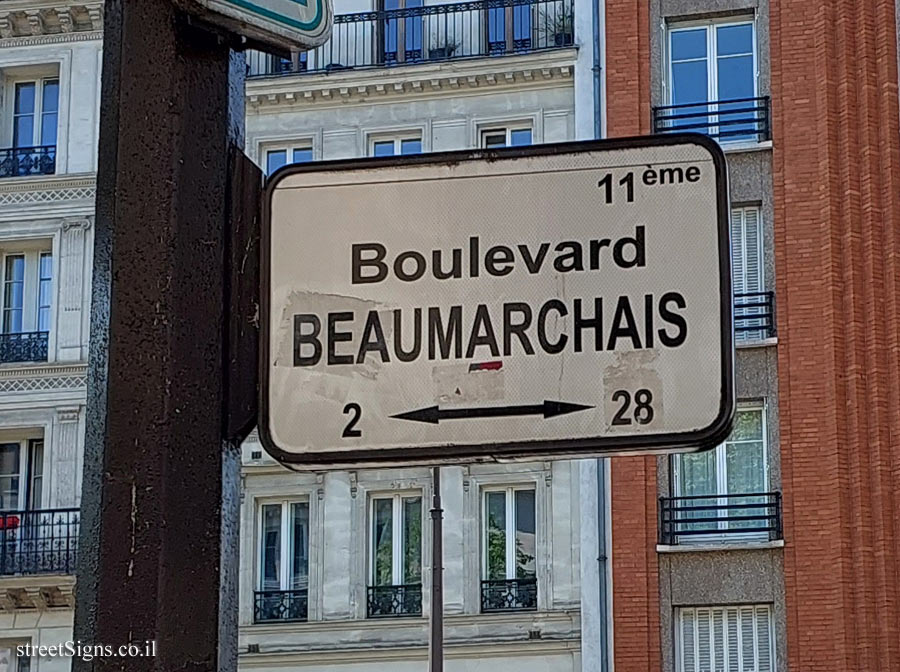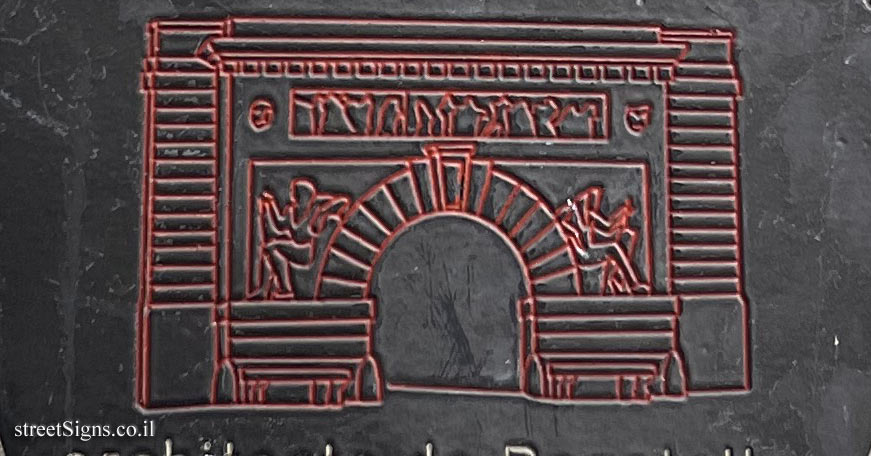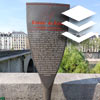
The ultimate street signs, historical sites and house numbers
 Click for sign's details
Click for sign's details  Click for a larger image
Click for a larger image  Click for sign's details
Click for sign's details  Click for a larger image
Click for a larger image  Click for all signs belonging to The History of Paris (Starck's Lollipops)
Click for all signs belonging to The History of Paris (Starck's Lollipops)
 217 Meter |
217 Meter |  243 Meter |
243 Meter |  371 Meter |
371 Meter |  540 Meter |
540 Meter |  589 Meter
589 Meter